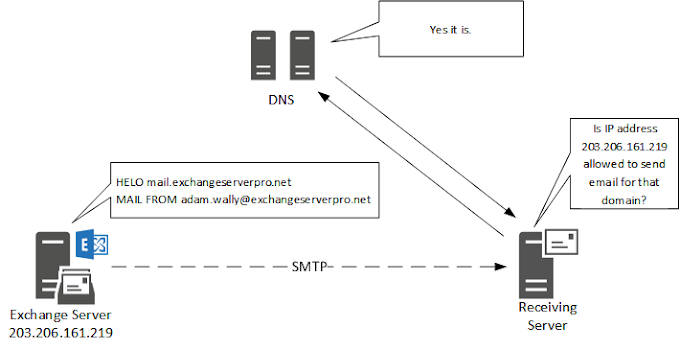Chatbots are computer programs that use artificial intelligence (AI) and natural language processing (NLP) to simulate human conversation with users. Chatbots have become increasingly popular in recent years as they offer a new way for businesses to interact with customers, automate customer service, and reduce costs. One type of chatbot technology is the Generative Pre-trained Transformer (GPT) language model, which is used to build large-scale, flexible, and high-performing chatbots.
The GPT technology was first introduced in 2018 by OpenAI, a research organization dedicated to advancing artificial intelligence in a safe and beneficial way. The GPT model is a deep-learning neural network that is trained on vast amounts of text data using unsupervised learning techniques. The model learns to predict the next word in a sequence of words, given the previous words in the sequence. This process is repeated millions of times, allowing the model to learn the underlying patterns and structures of natural language.
The GPT model is pre-trained on massive amounts of text data, such as books, articles, and web pages, which makes it highly versatile and flexible. The model can be fine-tuned on specific tasks, such as language translation, question-answering, or chatbot conversation, by providing additional training data that is specific to the task. This allows the GPT model to be used for a wide range of applications, from natural language processing to chatbot technology.
The GPT chatbot technology works by using a pre-trained language model to generate responses to user input. When a user sends a message to the chatbot, the message is processed by the GPT model, which generates a response based on the input and the context of the conversation. The response is then sent back to the user, and the process continues until the conversation is complete.
One of the key advantages of GPT chatbot technology is its ability to generate natural and engaging responses that mimic human conversation. Because the GPT model is trained on large amounts of text data, it has a deep understanding of natural language and can generate responses that are contextually appropriate and grammatically correct. This makes the chatbot experience more enjoyable and effective for users.
Another advantage of GPT chatbot technology is its ability to learn and adapt over time. As users interact with the chatbot, the GPT model learns from these interactions and improves its responses. This allows the chatbot to provide more personalized and accurate responses over time, improving the overall user experience.
However, there are also some challenges associated with GPT chatbot technology. One challenge is the need for large amounts of training data to ensure accurate and relevant responses. This can be difficult to obtain for some applications, particularly for niche or specialized domains.
Another challenge is the potential for the GPT model to generate biased or inappropriate responses. Because the model is trained on large amounts of text data, it may learn and reproduce biases and stereotypes that exist in the data. This can lead to discriminatory or offensive responses that are inappropriate for a chatbot application.
To address these challenges, it is important to carefully design and train GPT chatbots and to continuously monitor and evaluate their performance. This includes identifying and mitigating biases in the training data, monitoring chatbot interactions to ensure appropriate responses, and incorporating user feedback to improve the chatbot over time.
In conclusion, GPT chatbot technology offers a powerful and flexible way to build natural and engaging chatbots that can improve customer service, automate tasks, and reduce costs. However, it is important to carefully design and train these chatbots to ensure accurate and appropriate responses and to continuously monitor and evaluate their performance to ensure a positive user experience.
some additional details about GPT chatbot technology:
Applications: GPT chatbots can be used in a variety of applications, such as customer service, e-commerce, healthcare, education, and entertainment. They can assist customers with product inquiries, provide personalized recommendations, answer frequently asked questions, or even provide mental health support.
Natural language generation: GPT chatbots use natural language generation (NLG) to generate responses that are contextually relevant and grammatically correct. This allows the chatbot to have a more engaging and natural conversation with users.
User data: GPT chatbots can collect and analyze user data to personalize responses and improve the overall user experience. This data can include user preferences, behavior patterns, and feedback.
Ethics: The use of GPT chatbots raises ethical considerations around privacy, transparency, and bias. It is important to ensure that user data is protected and that chatbot responses are fair and unbiased.
Future developments: GPT chatbot technology is constantly evolving, with researchers working to improve the accuracy and efficiency of the model. There is also ongoing research into developing chatbots that can understand emotions and generate more complex responses.
Overall, GPT chatbot technology has the potential to revolutionize the way we interact with technology and businesses. With careful design and monitoring, GPT chatbots can provide a more engaging and personalized experience for users while also reducing costs and increasing efficiency for businesses.



.png)






0 Comments